Kinhtedothi - On the afternoon of February 15, continuing the working program of the 9th Extraordinary Session, the National Assembly discussed in the hall the Investment Policy for the construction of the Lao Cai - Hanoi - Hai Phong railway line.
Speaking at the meeting, delegate Hoang Van Cuong (National Assembly Delegation of Hanoi) highly appreciated the Lao Cai - Hanoi - Hai Phong Railway Project and said that this is a project with the potential to bring high efficiency. The railway connects the corridor routes from Lao Cai to Hai Phong via Hanoi - the second most important economic corridor after the North - South economic corridor with a very large volume of freight and passenger transport.
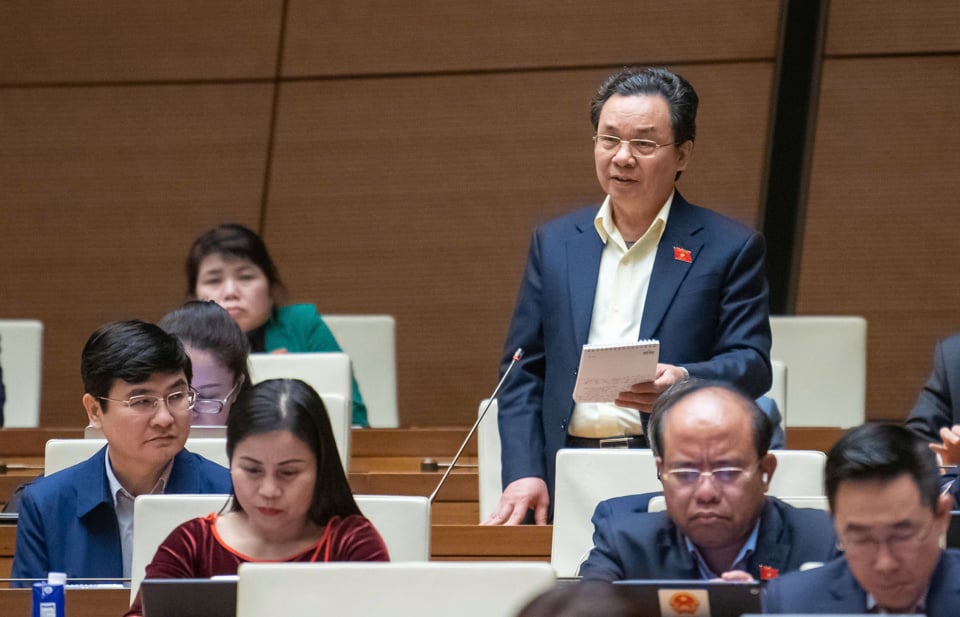
According to the Hanoi City Delegation, this route is built to combine both freight and passenger transport, so its usefulness will be very high. When this route is completed, it will connect directly with the Chinese railway from Ngoc Khe, Ha Khau... We will be able to transport goods from the West of China to Hai Phong port, helping Hai Phong port to certainly become a more bustling international port. In addition, when this route is completed, the technology transfer will be very high, especially for urban railway production.
From the above reasons, delegate Hoang Van Cuong suggested that in this resolution, it is necessary to emphasize more on prioritizing orders and assigning tasks to domestic enterprises in mastering 3 areas: road construction, bridge construction, tunnel construction; railway production; and train car building.
Delegate Hoang Van Cuong said that if we place orders for domestic enterprises, we can accept a higher initial cost compared to buying internationally, but all the investment money becomes domestic economic growth and creates GDP.
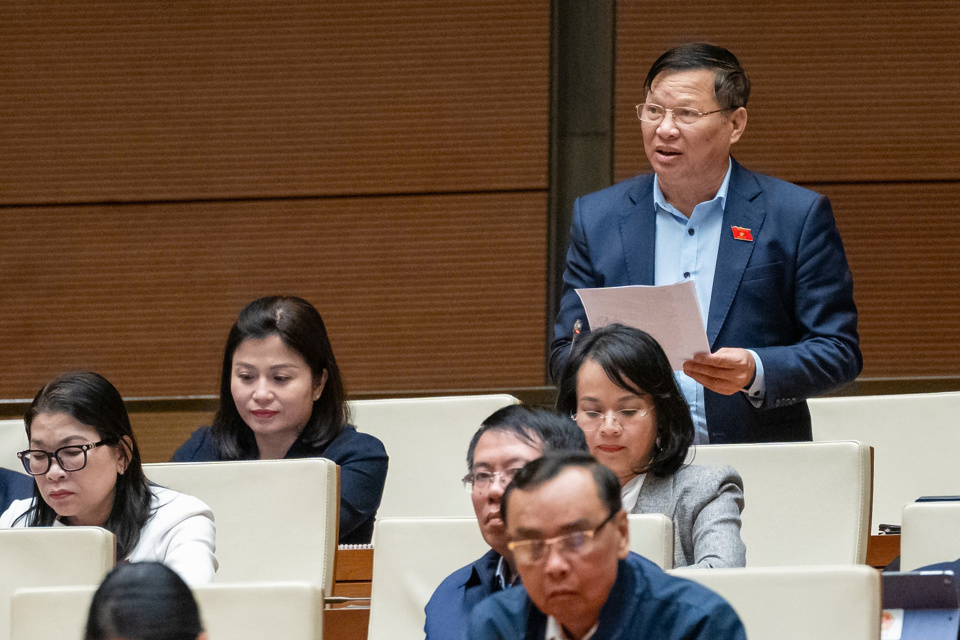
"If we continue to buy from abroad, this money will flow abroad and will not become domestic economic growth. Moreover, we will never have a railway industry. Therefore, we propose that we boldly include in the resolution the priority of ordering when ordering. This means that the Government must commit to giving these enterprises market share," said delegate Hoang Van Cuong.
Delegate Tran Van Tien (National Assembly Delegation of Vinh Phuc Province) expressed concerns about the technology of using electrified rail technology, because this is an international railway route between Vietnam and China. Therefore, it is necessary to clarify whether the choice of this technology is suitable for Chinese railway technology or not? Or the train going to Lao Cai to go to China must hire a locomotive or hire a Chinese train.
In addition, the delegate said that when the Lao Cai - Hanoi railway project is completed, there will be many parallel routes in the same area with different provinces, with different forms of transportation such as: single gauge railway, double gauge railway, expressway and national highway. Therefore, delegate Tran Van Tien suggested that it is necessary to assess the impact when this railway project is completed, how it will affect the transportation market share and transportation business activities on each route to have a suitable solution in the coming time.
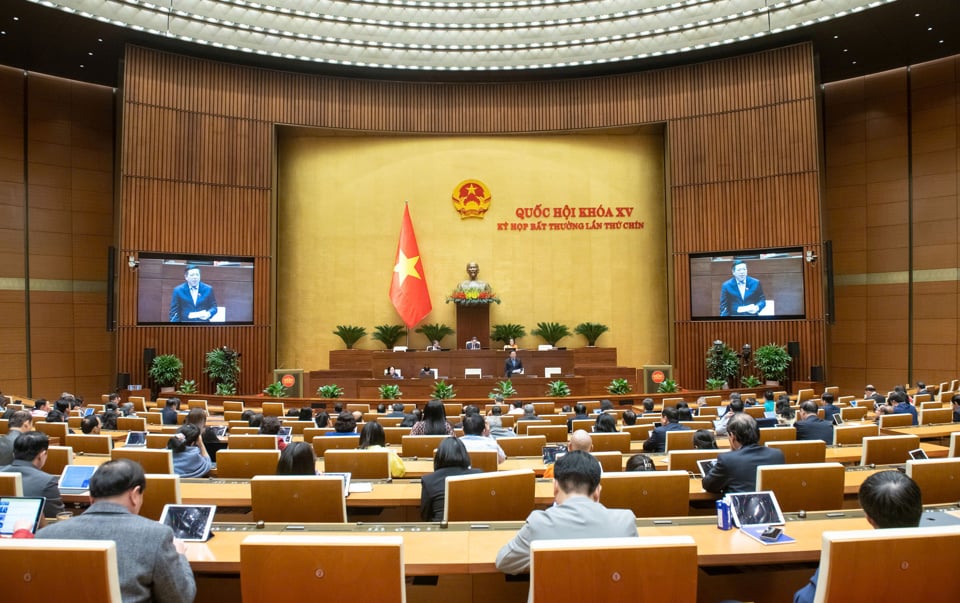
Participating in the discussion, delegate Sung A Lenh (National Assembly Delegation of Lao Cai Province) proposed that, in order to ensure the project progress as proposed by the Prime Minister, the National Assembly and the Government should consider and supplement other support mechanisms and policies to stabilize housing, stabilize life and production for the people. Allow the provincial People's Committee to proactively decide on support measures and support levels for each specific case based on the actual situation in the locality according to current regulations of law.
At the same time, the provincial People's Committee is allowed to immediately carry out planning work related to the investment project to build the Lao Cai - Hanoi - Hai Phong railway line according to the Law on Urban and Rural Planning No. 47/2024/QH15 dated November 26, 2024 before the Law on Urban and Rural Planning takes effect from July 1, 2025.
Speaking to clarify the opinions of the National Assembly delegates, Minister of Transport Tran Hong Minh said that regarding the route, the project has researched and selected according to the principle of the shortest and most direct route to reduce the construction works on the route, reduce the volume on the route to balance the excavation volume as well as the filling volume. At the same time, we have worked directly with 9 localities to unify the route plan and the current route plan is basically good.
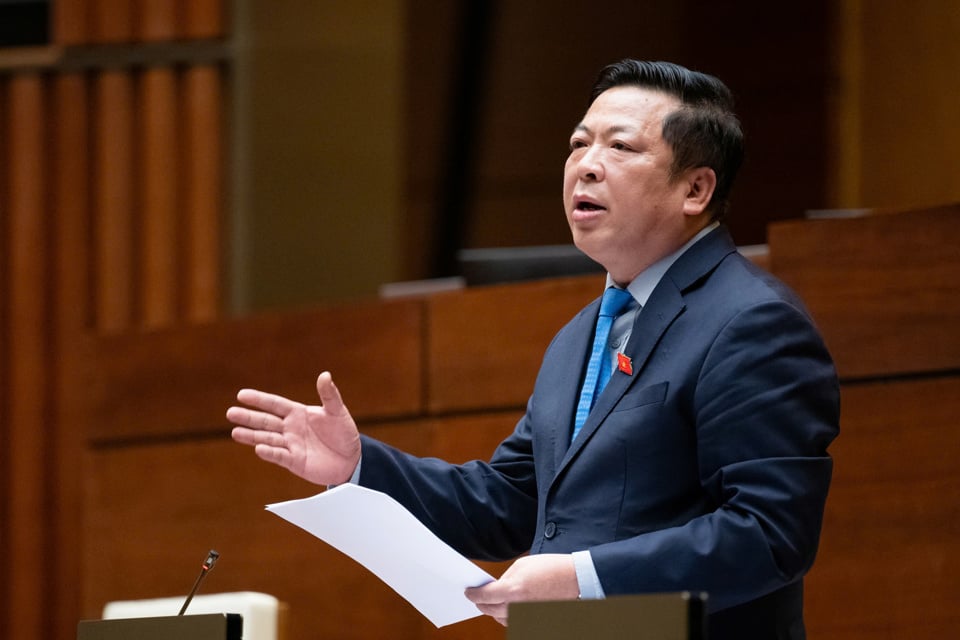
Along with that, the constructions on the designed route must ensure load-bearing capacity, must be within national and international design standards; secondly, the intersection with other roads has been studied and mentioned.
Regarding capital sources, the ability to balance capital sources, and ensure public debt safety, Minister Tran Hong Minh said that capital sources for proactive and flexible use of capital, as stated in the report, include domestic capital, foreign loans, and other legal capital sources. During the 2025-2030 term, the Government will balance capital sources to submit to the National Assembly.
Source: https://kinhtedothi.vn/thuc-hien-tuyen-duong-sat-lao-cai-ha-noi-hai-phong-nen-uu-tien-dat-hang-cac-doanh-nghiep-trong-nuoc.html


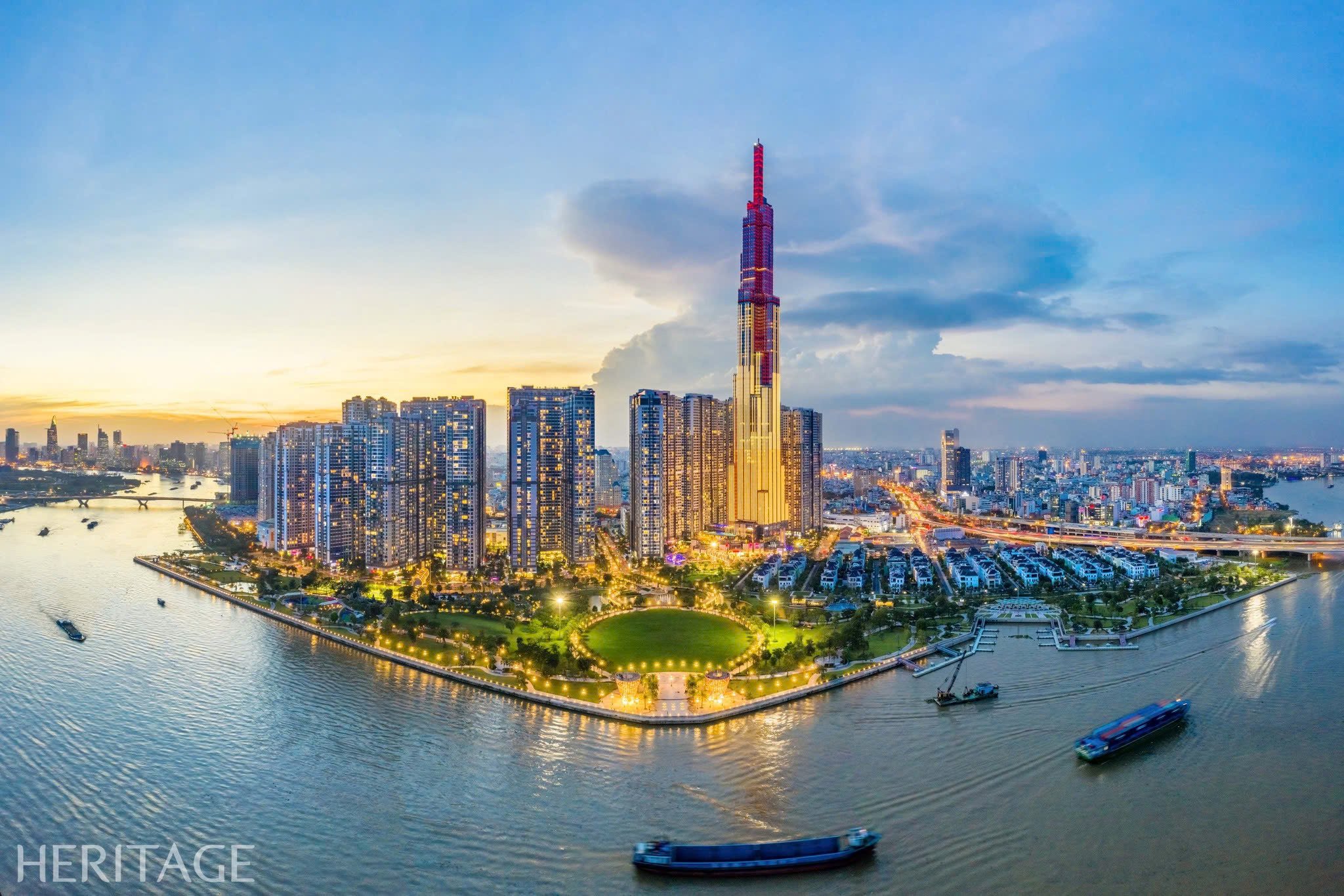
![[Photo] Opening of the 44th session of the National Assembly Standing Committee](https://vstatic.vietnam.vn/vietnam/resource/IMAGE/2025/4/14/03a1687d4f584352a4b7aa6aa0f73792)
![[Photo] Children's smiles - hope after the earthquake disaster in Myanmar](https://vstatic.vietnam.vn/vietnam/resource/IMAGE/2025/4/14/9fc59328310d43839c4d369d08421cf3)
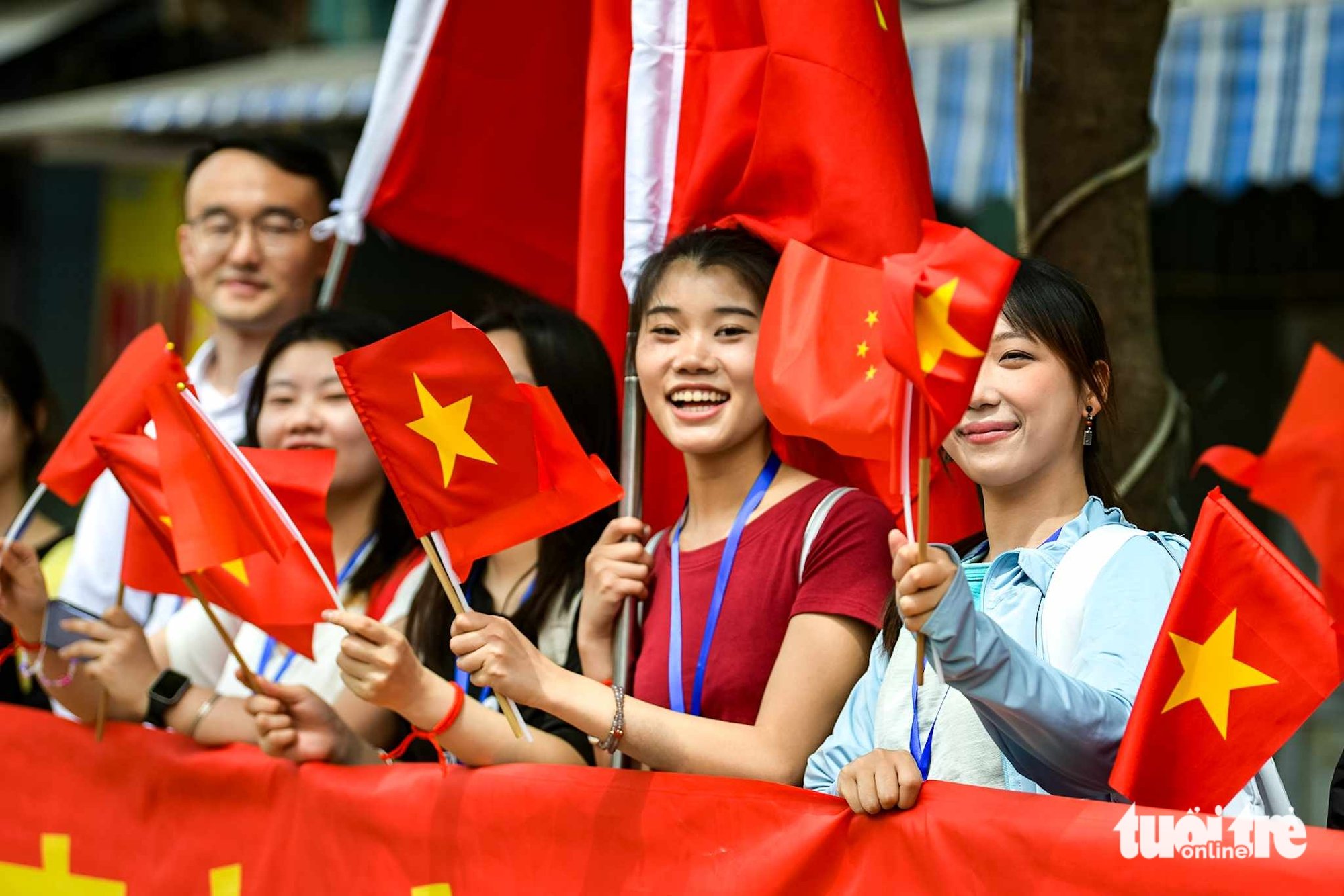
![[Photo] Touching images recreated at the program "Resources for Victory"](https://vstatic.vietnam.vn/vietnam/resource/IMAGE/2025/4/14/99863147ad274f01a9b208519ebc0dd2)
![[Photo] General Secretary To Lam chairs the third meeting to review the implementation of Resolution No. 18-NQ/TW](https://vstatic.vietnam.vn/vietnam/resource/IMAGE/2025/4/14/10f646e55e8e4f3b8c9ae2e35705481d)
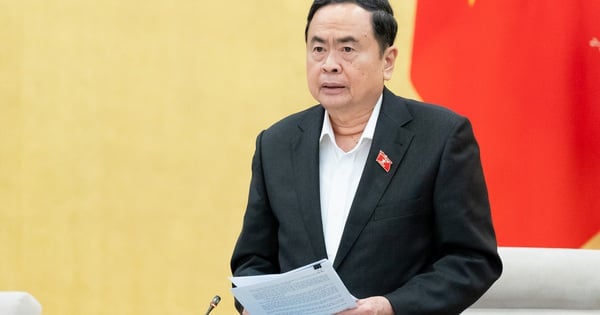

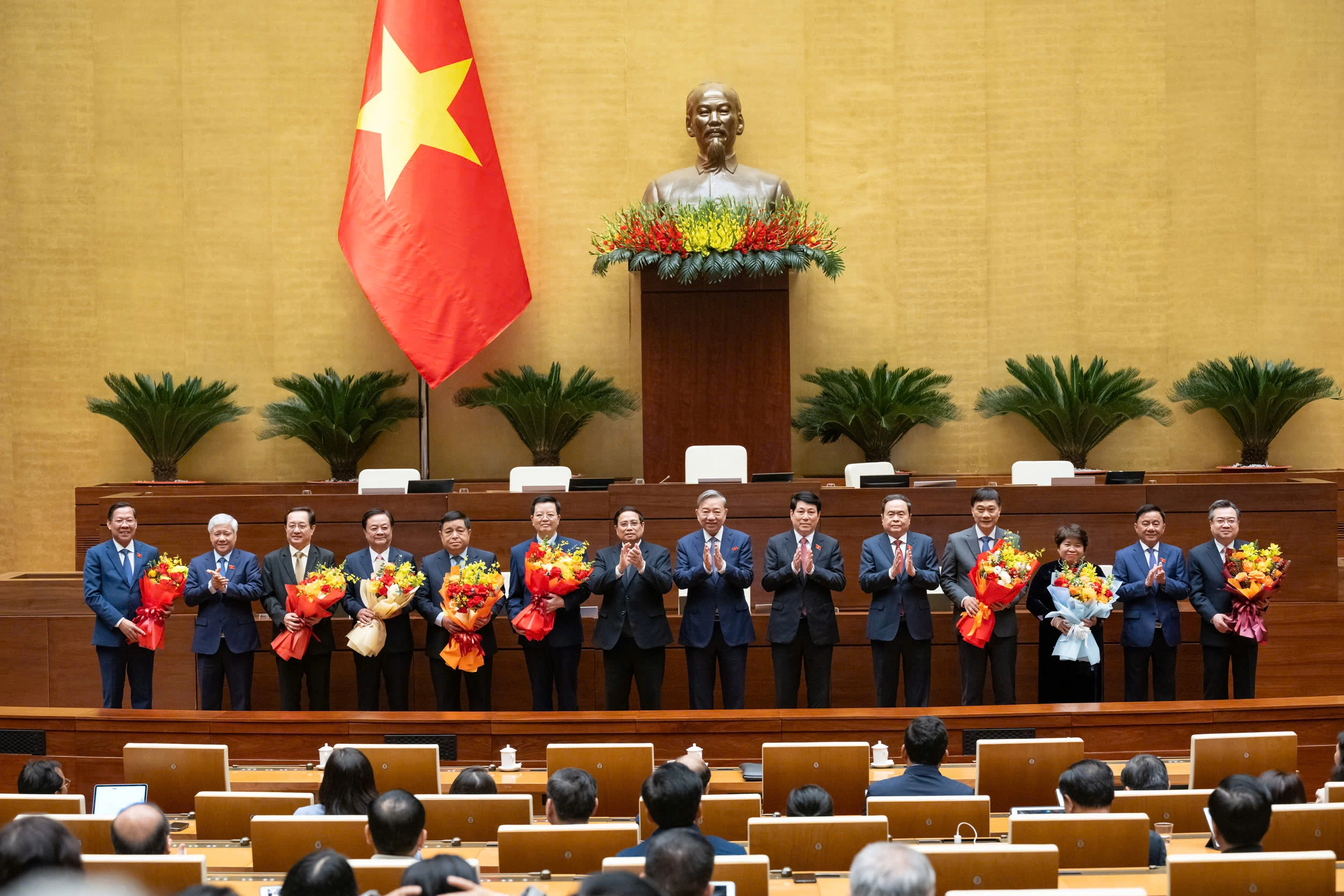

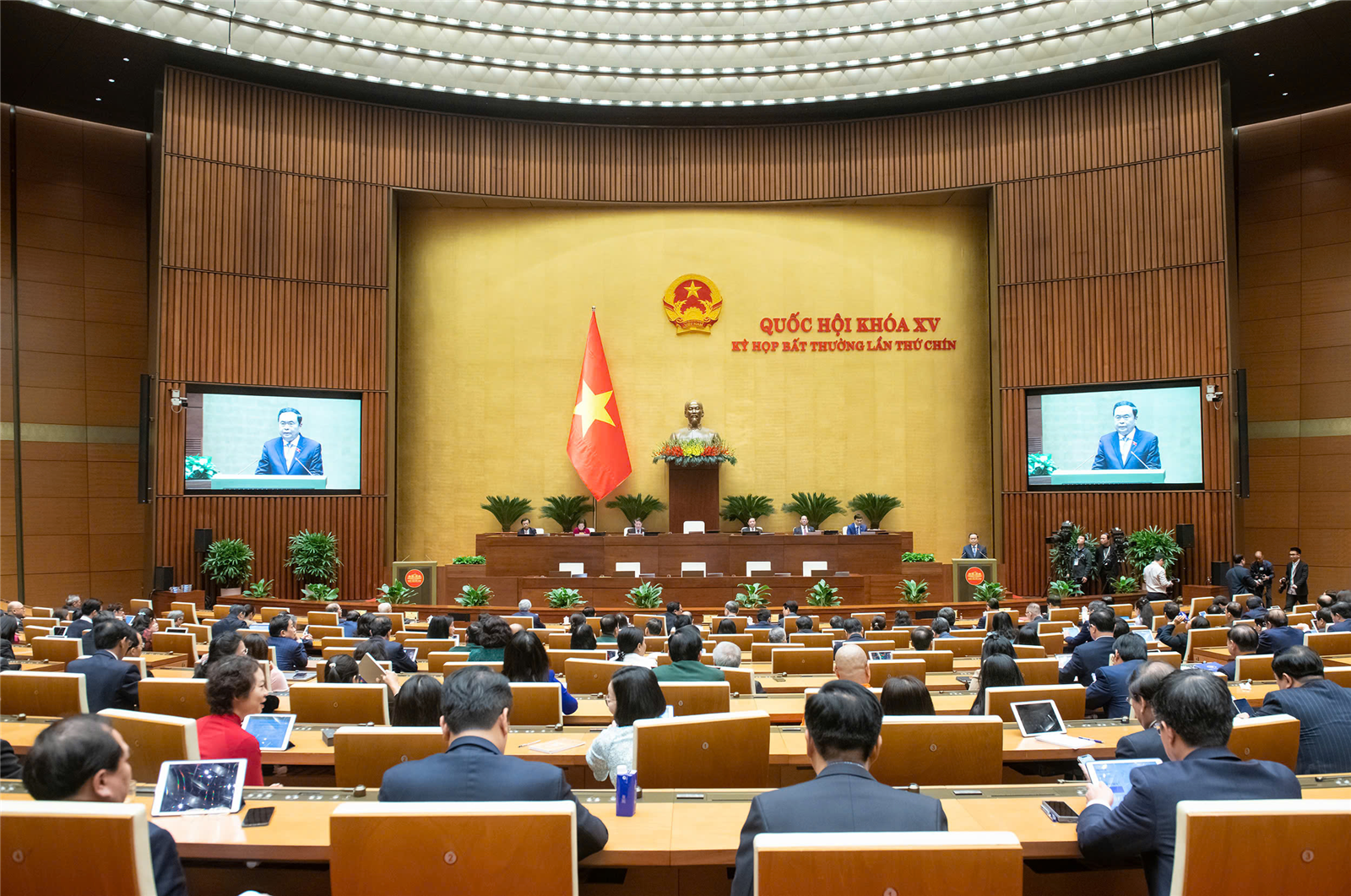

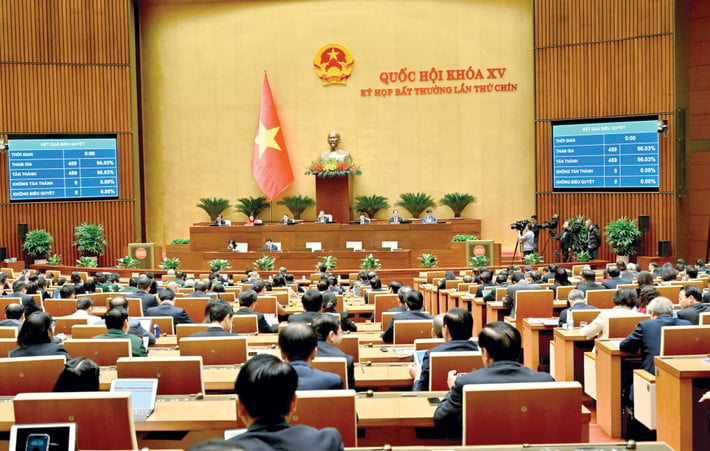

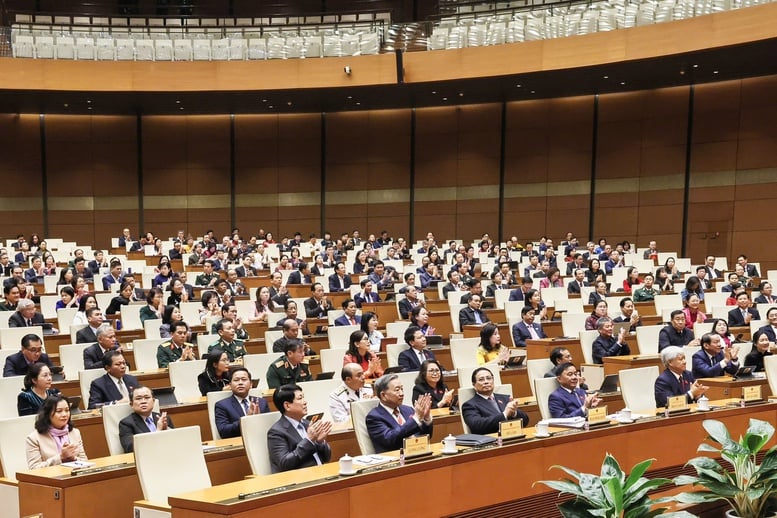

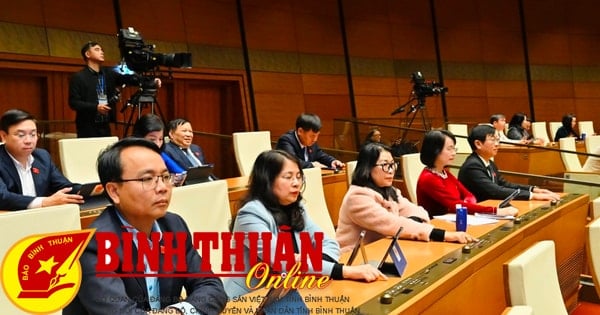

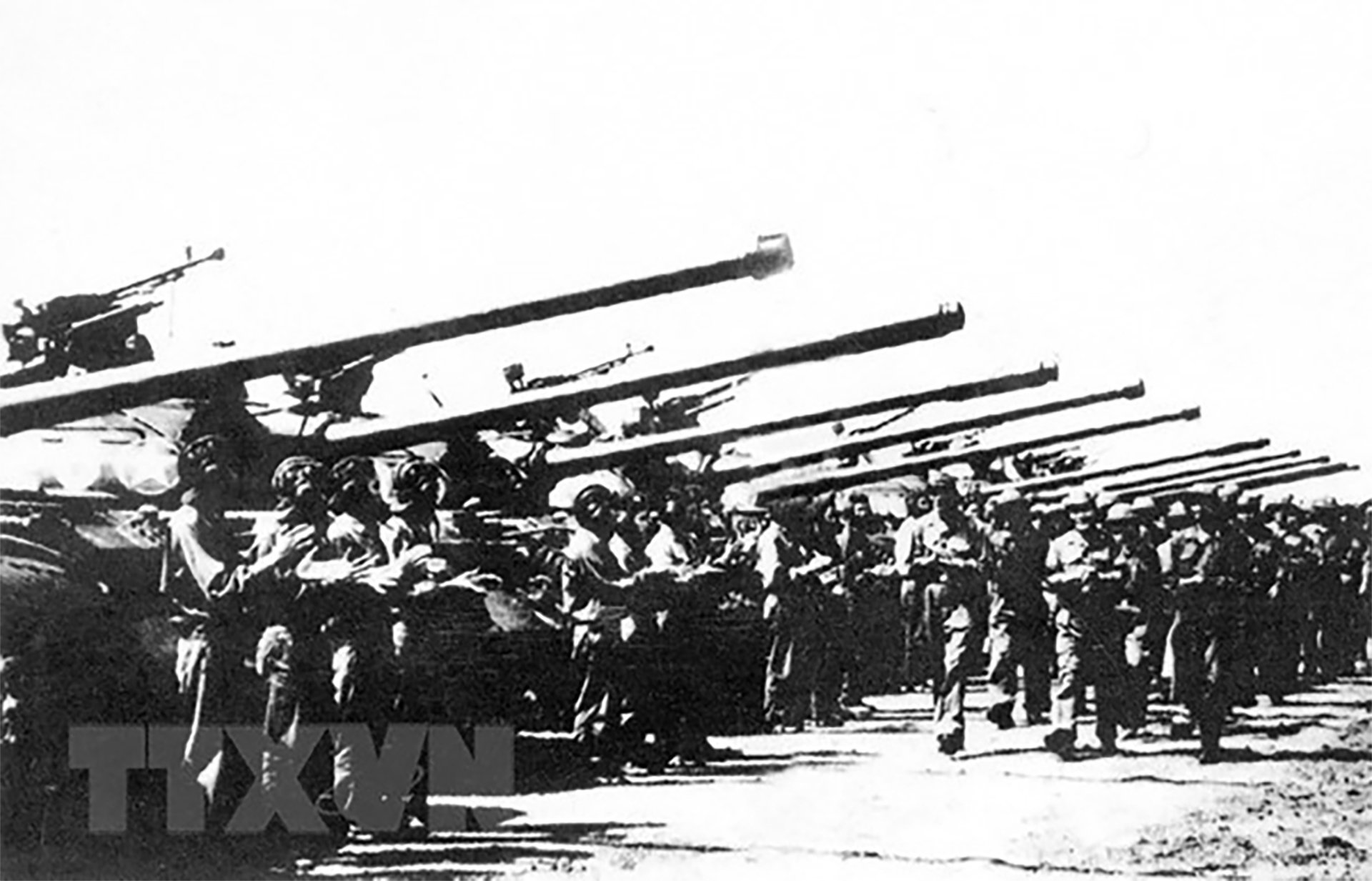
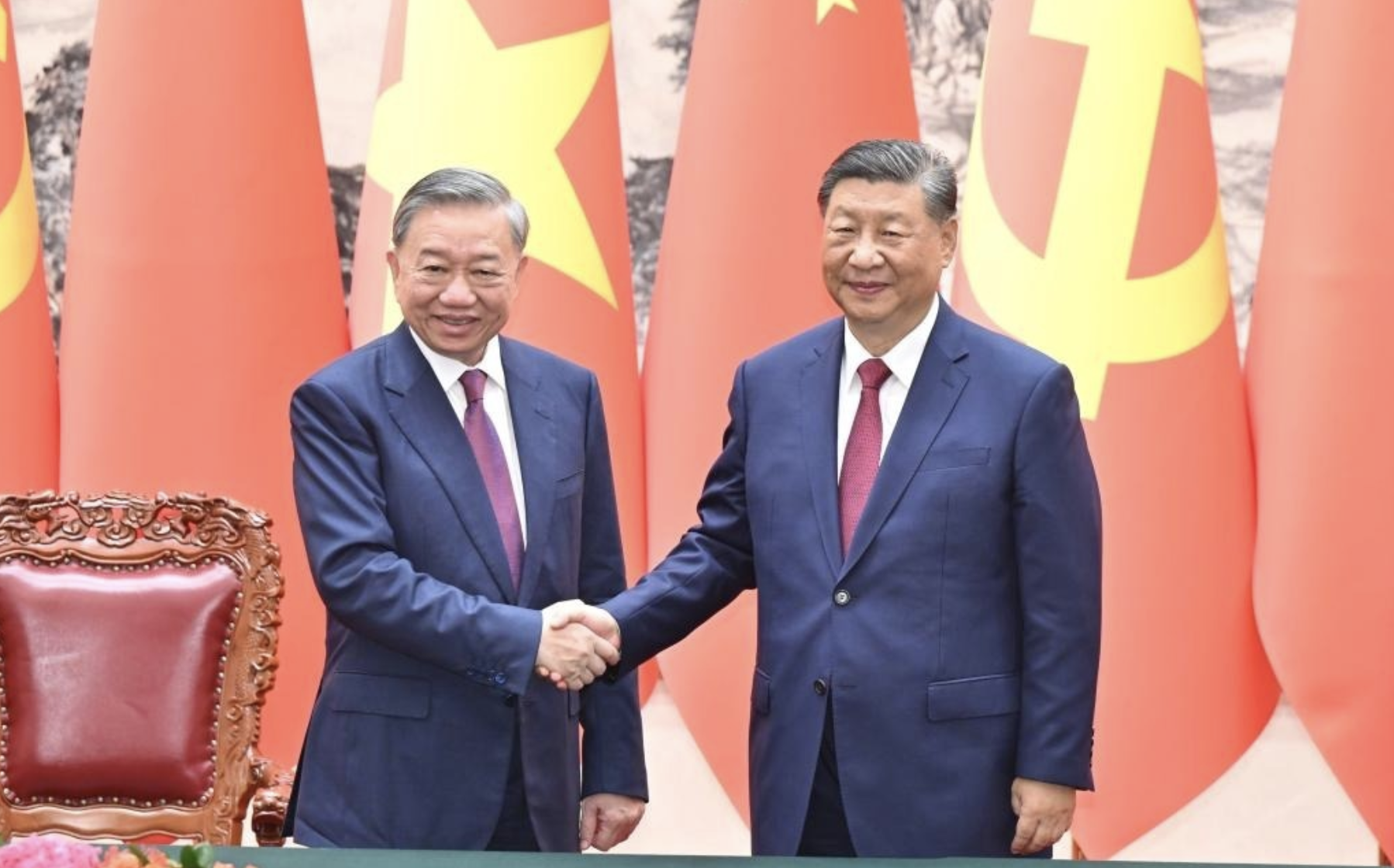
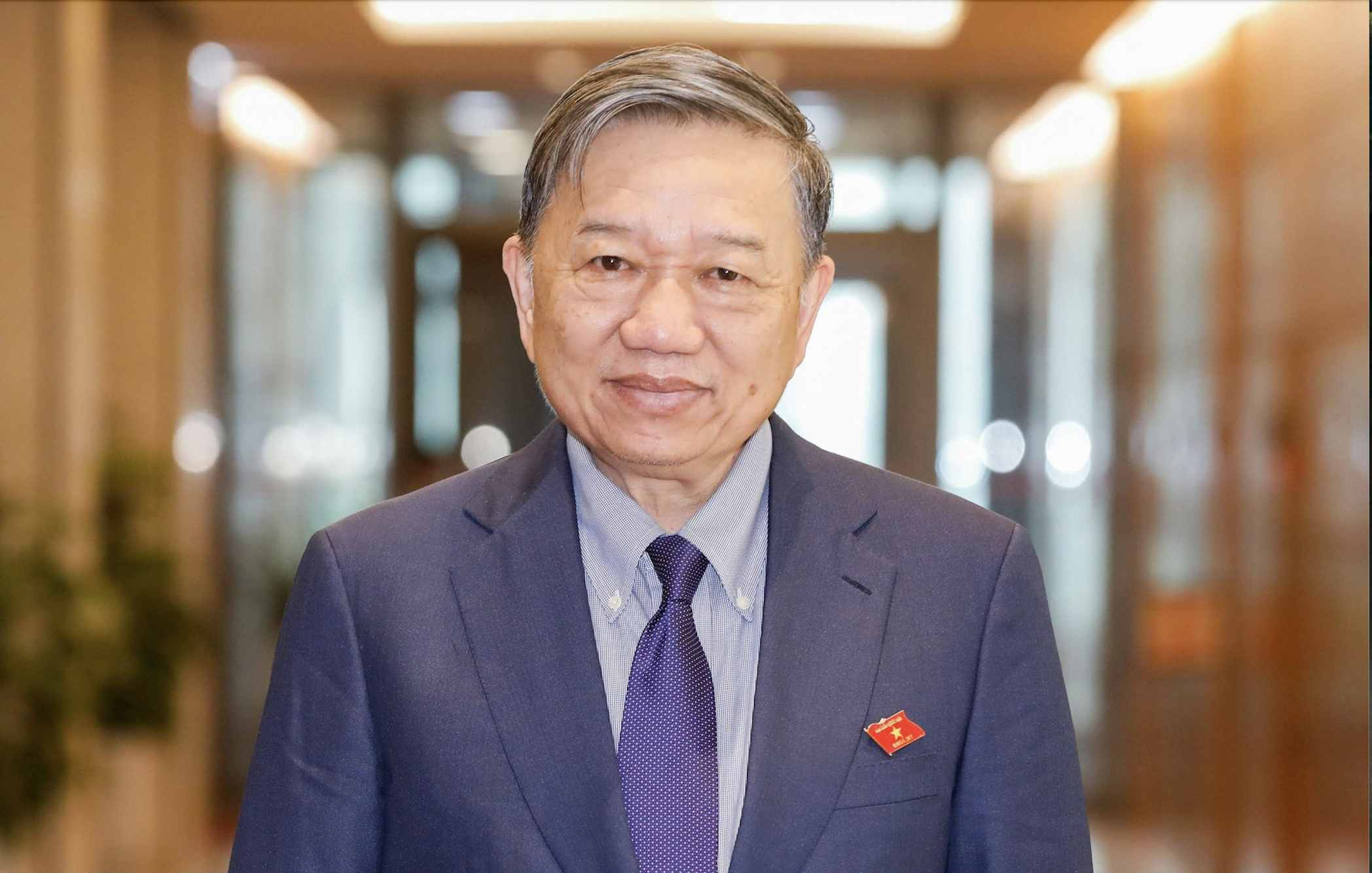
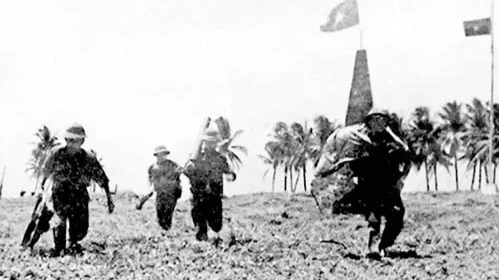
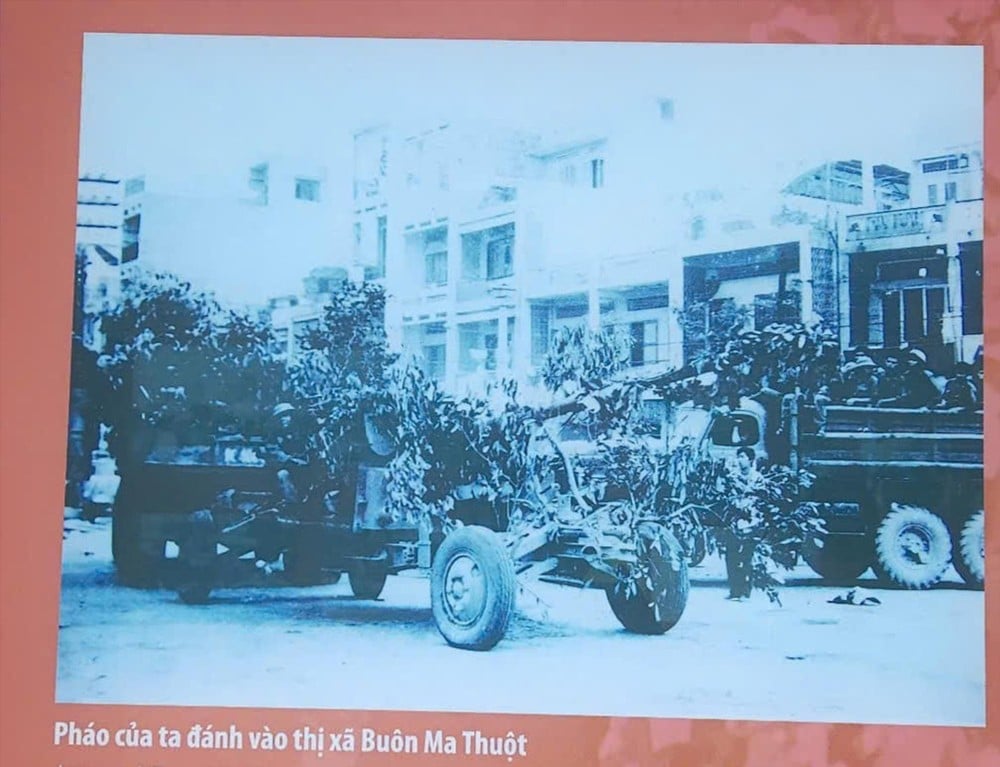
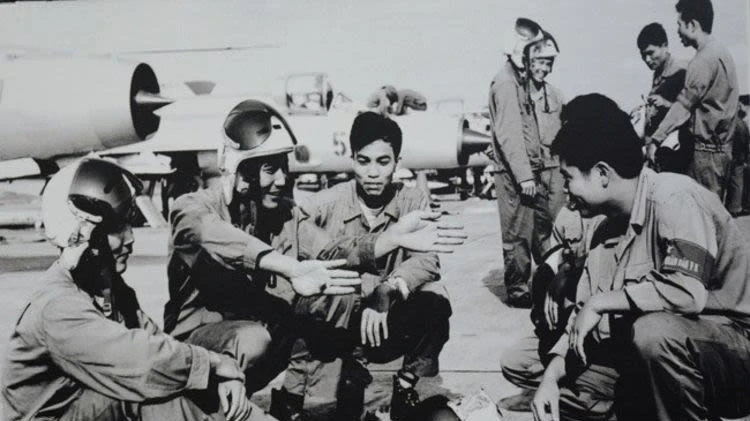


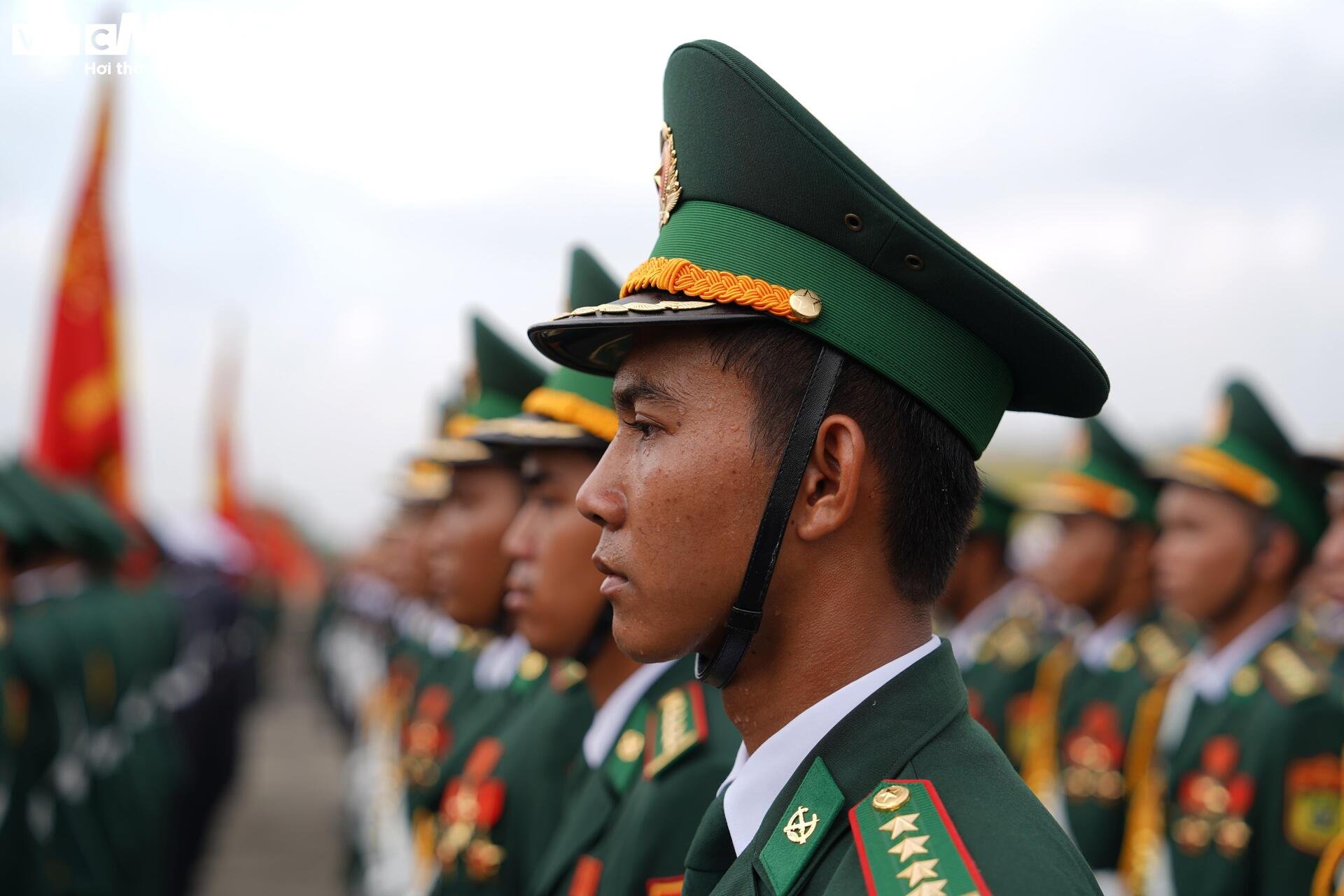

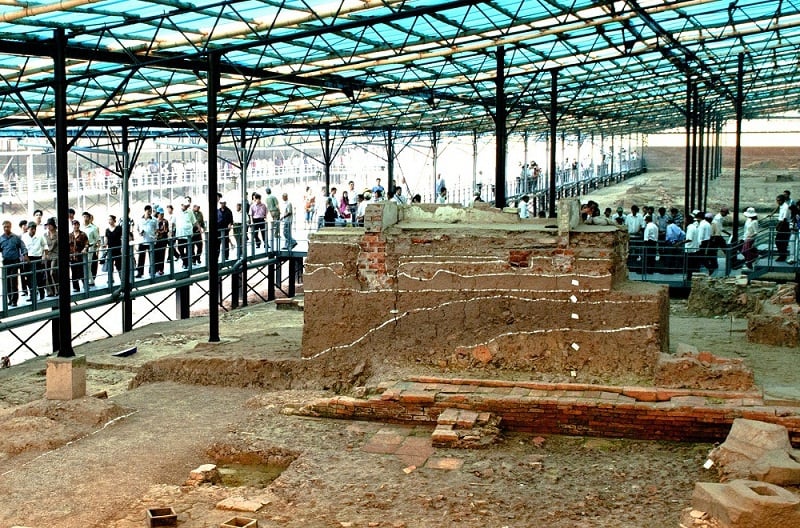
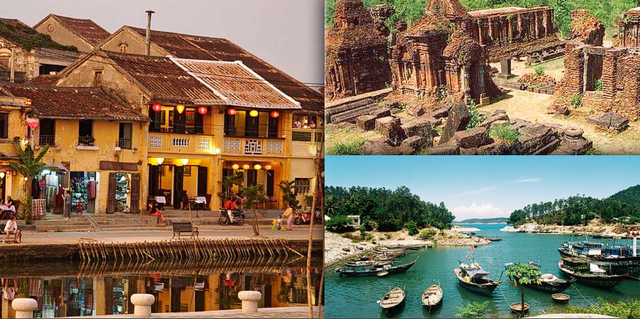
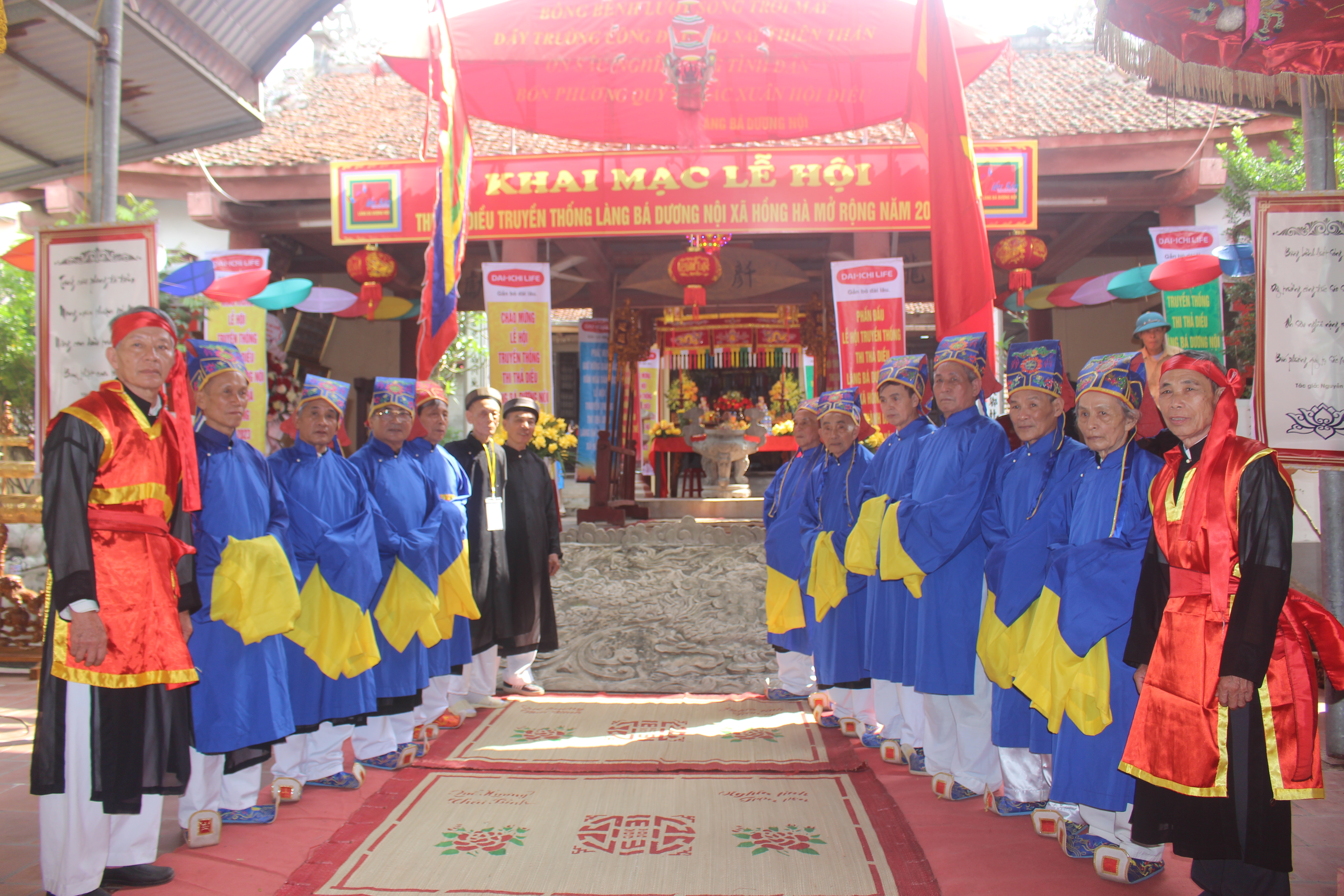
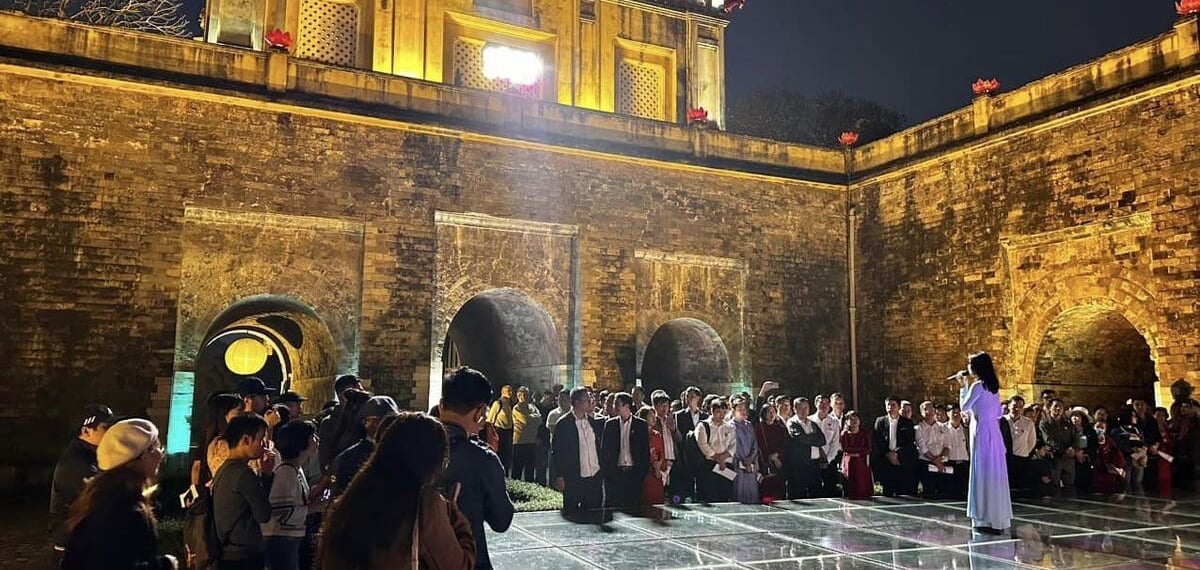
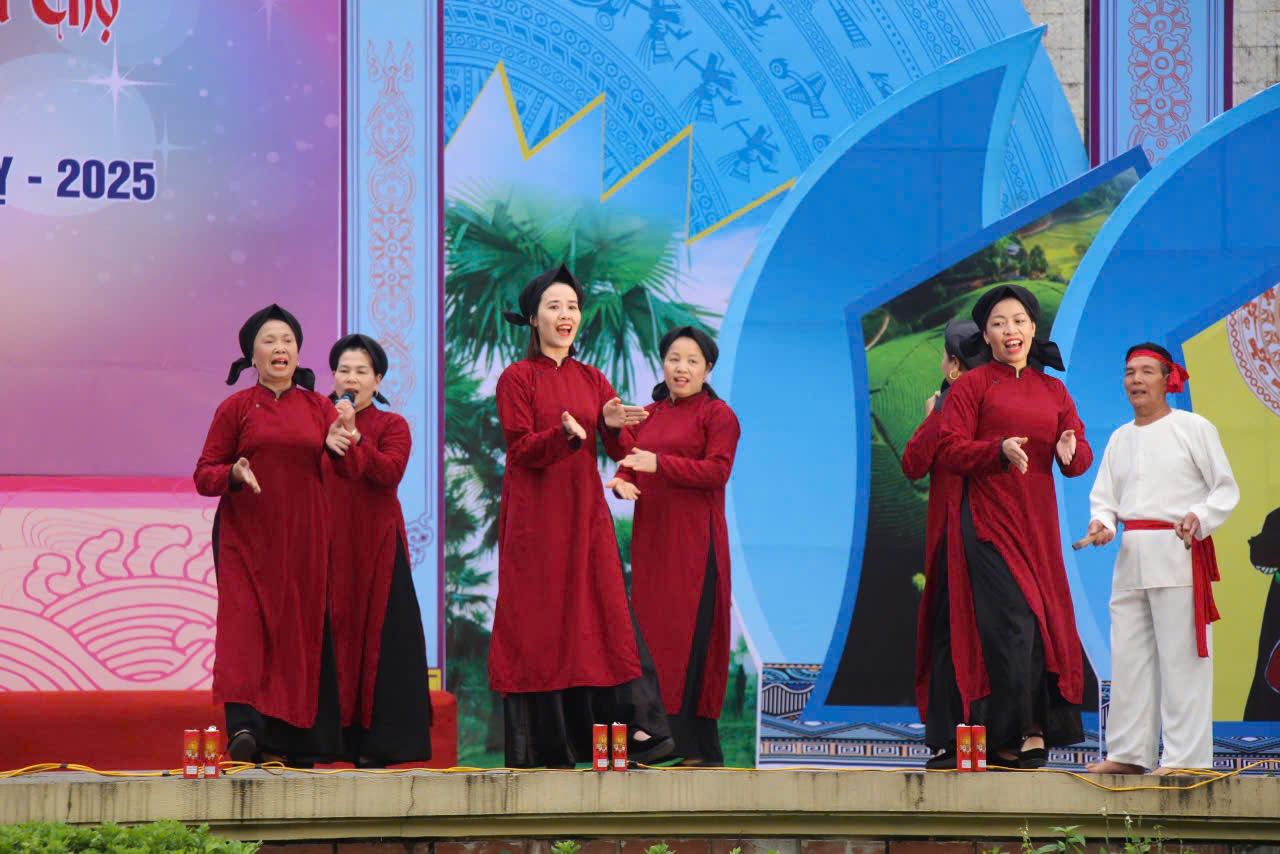

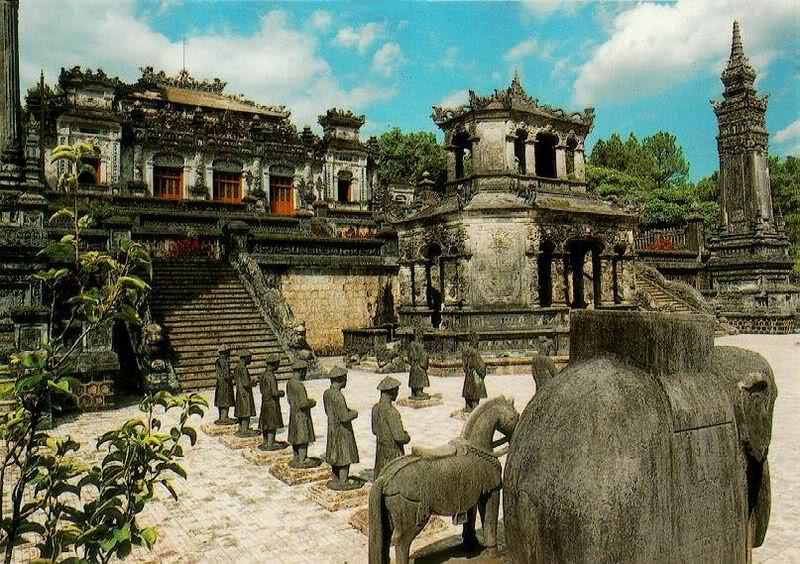

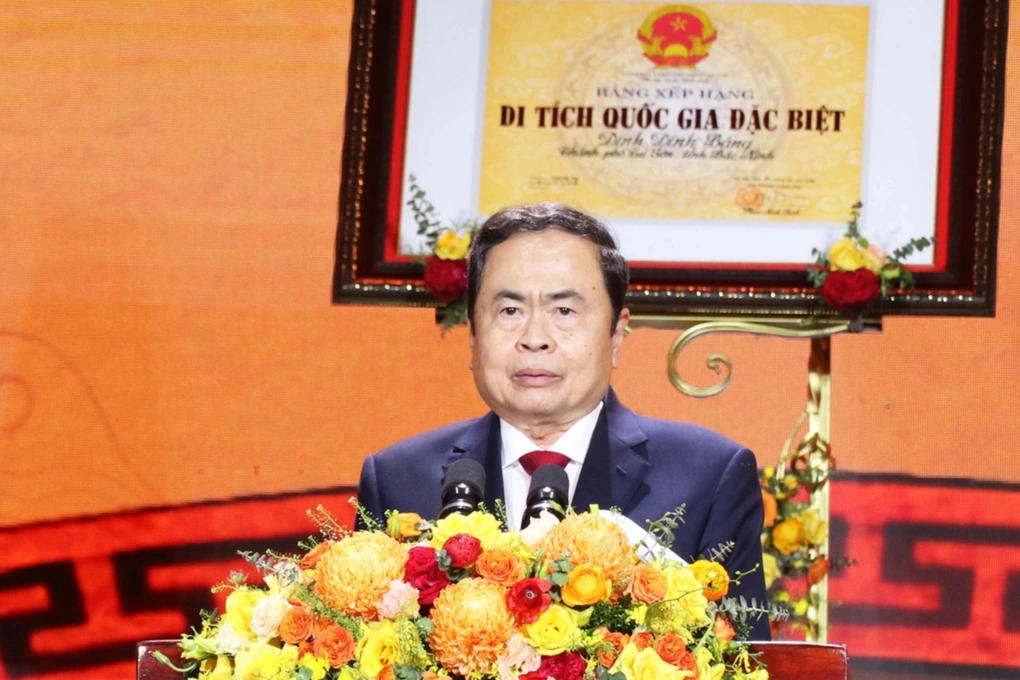
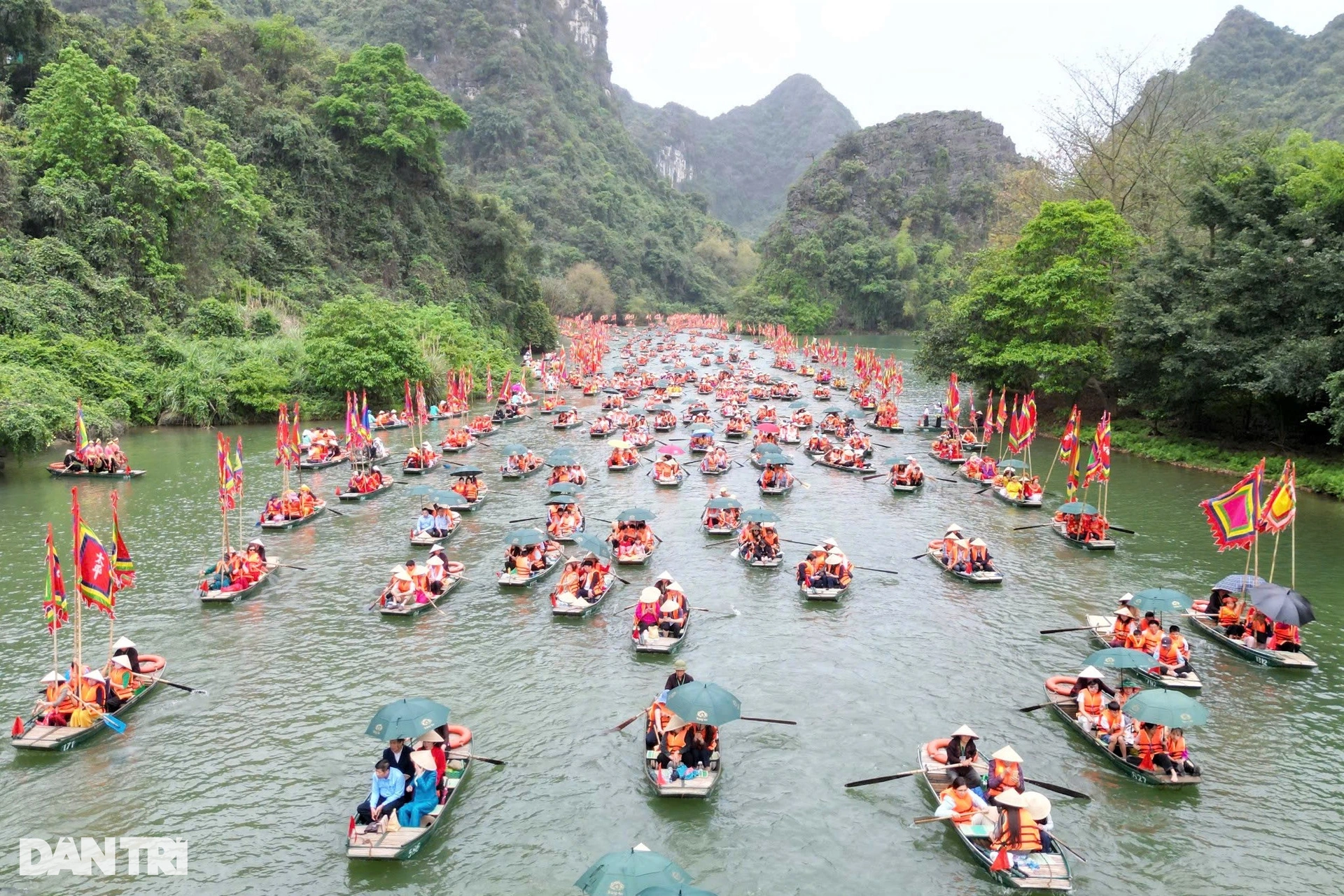






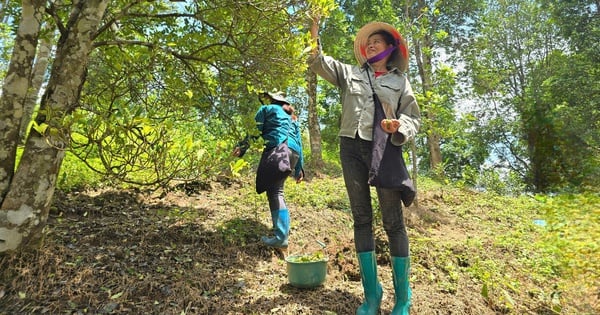



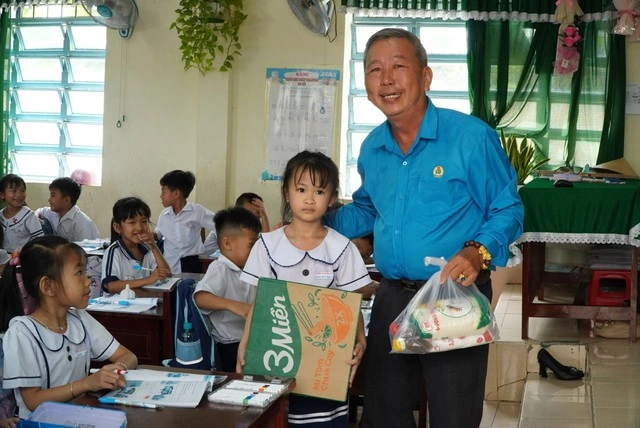

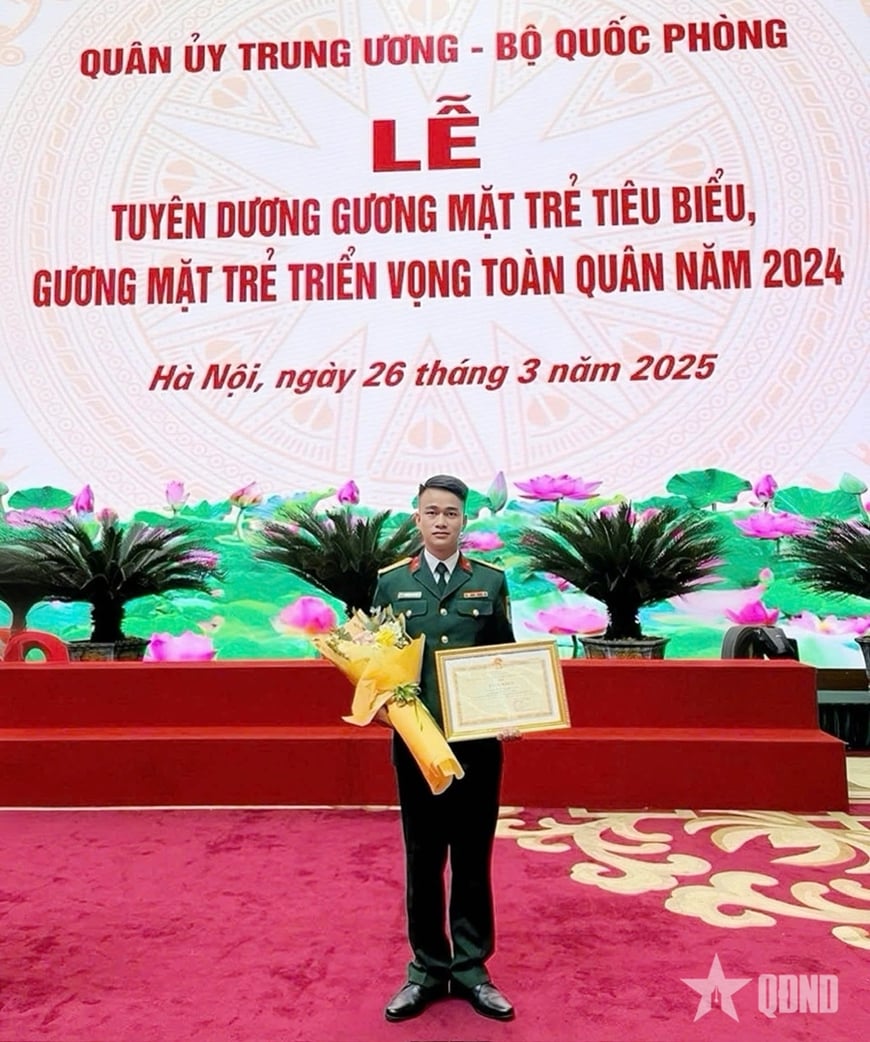

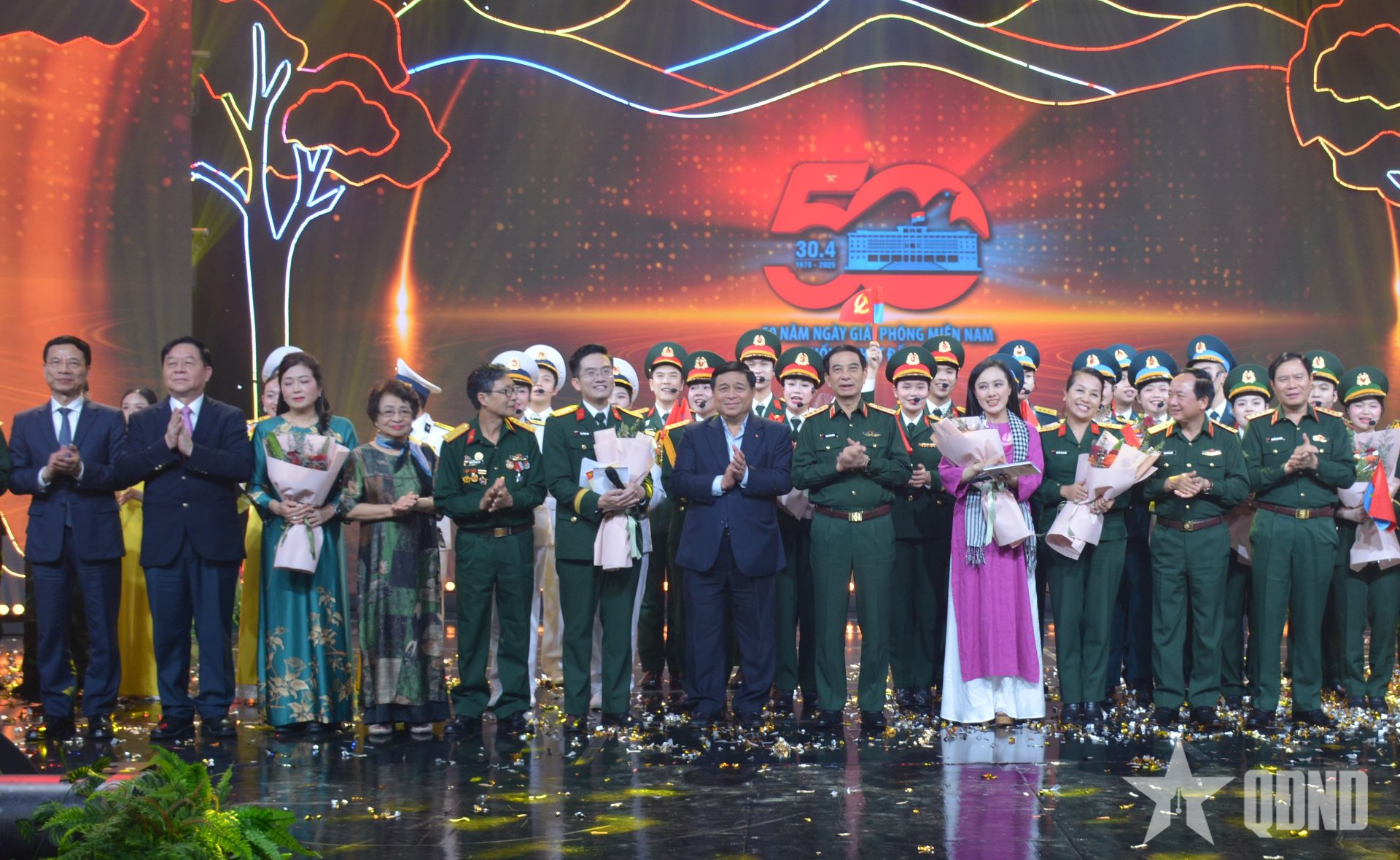
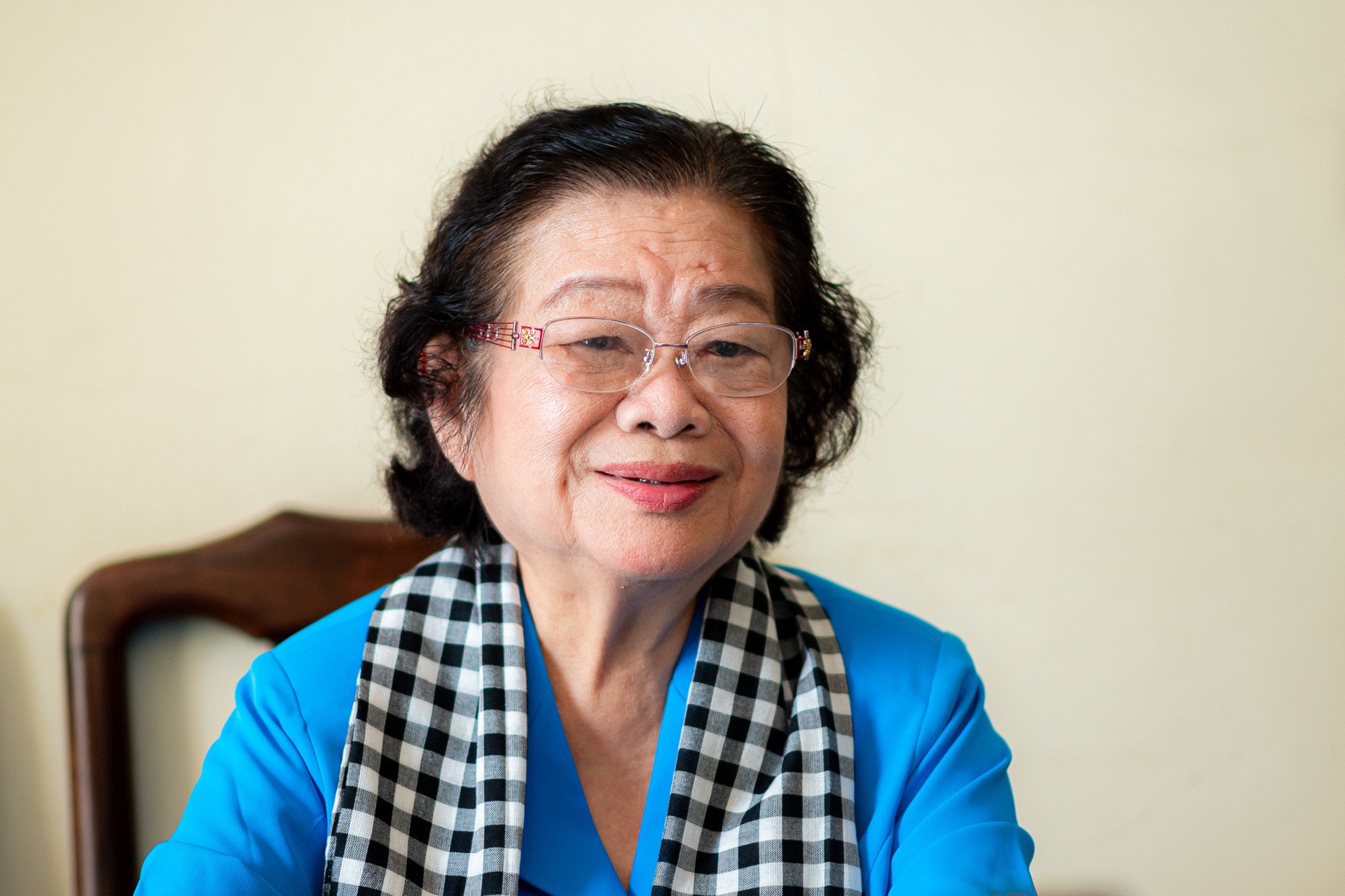








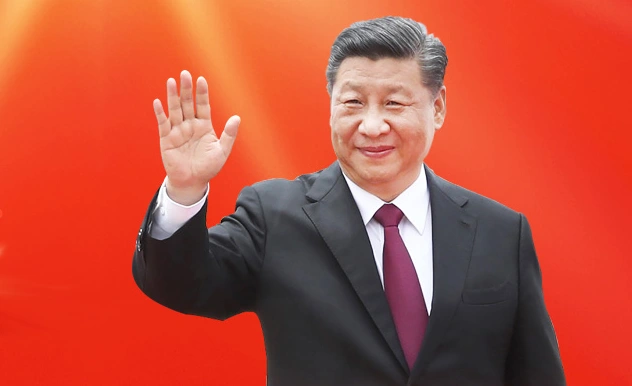
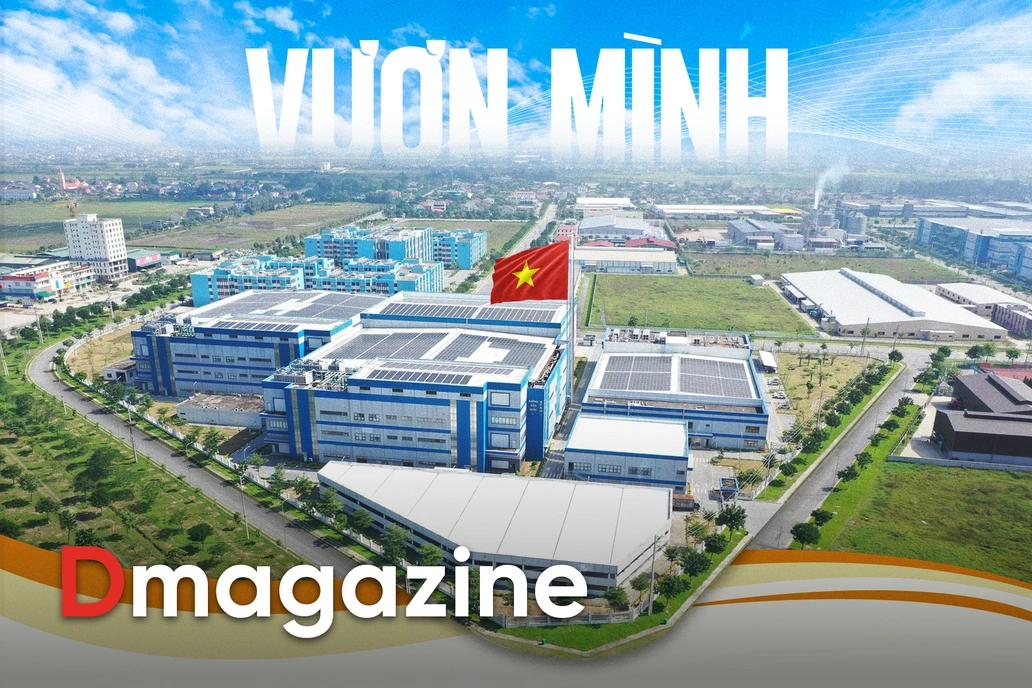
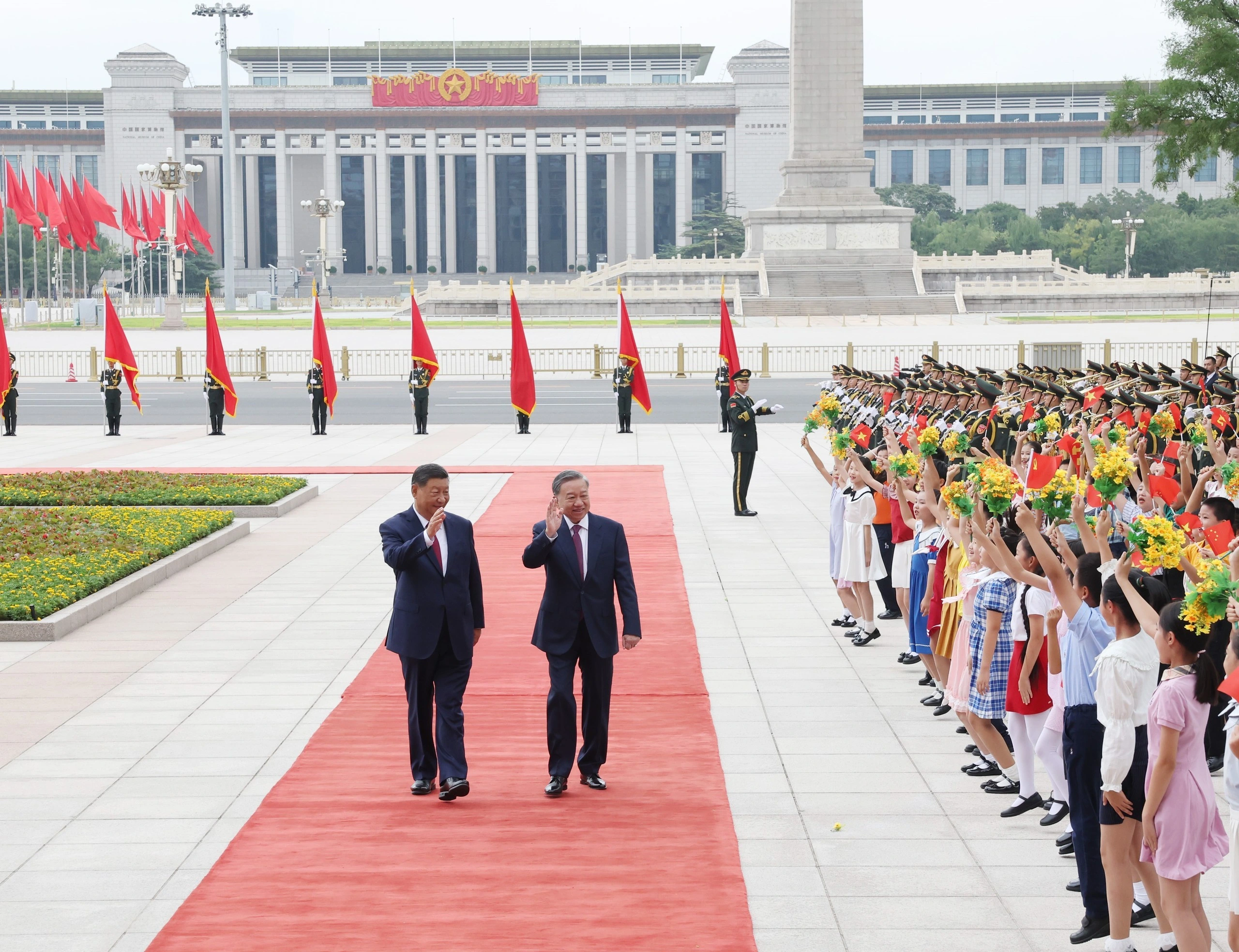
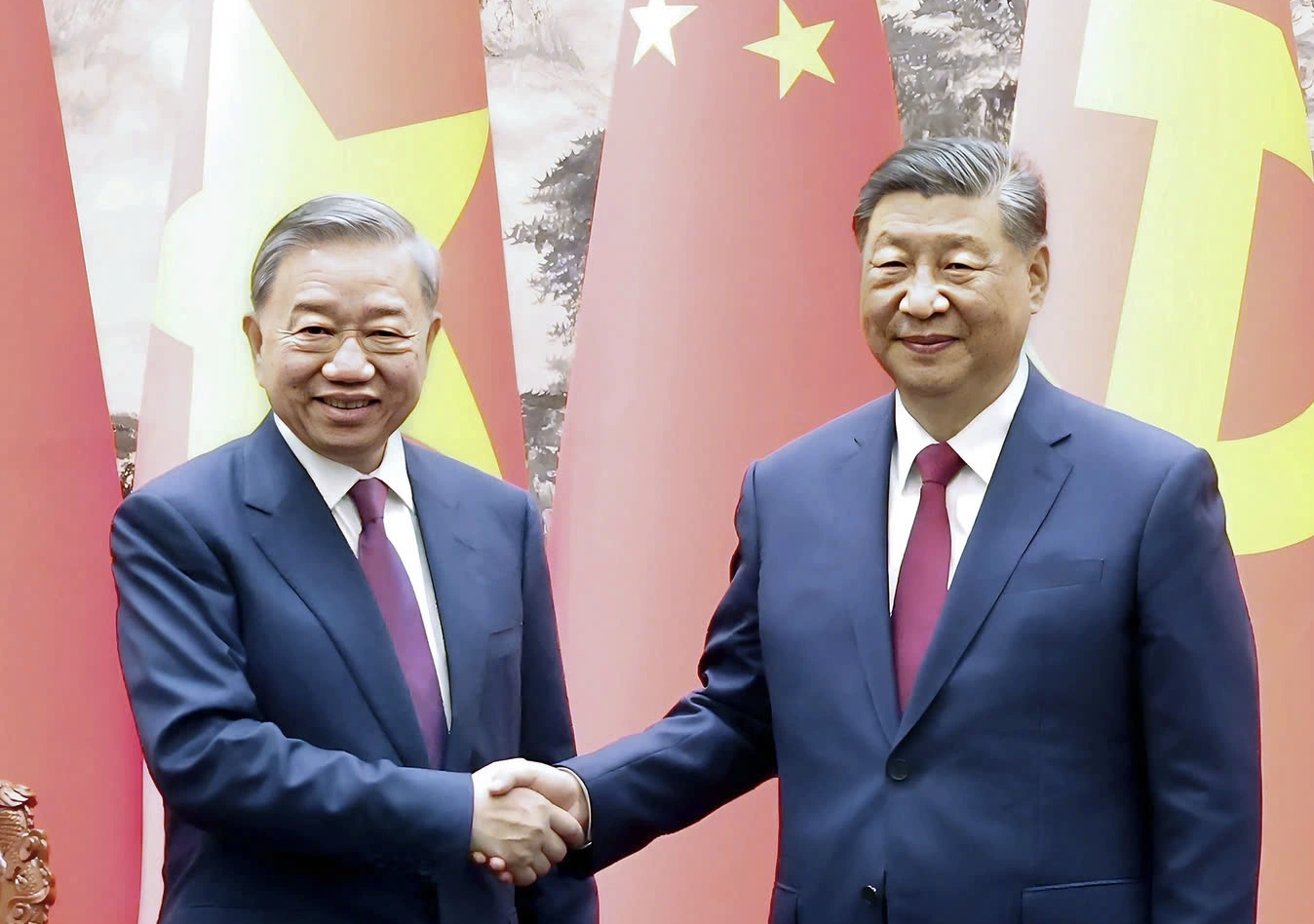
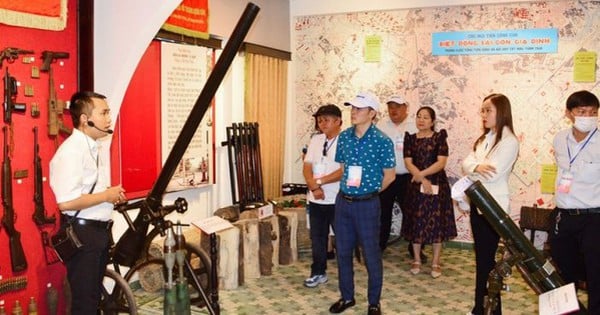



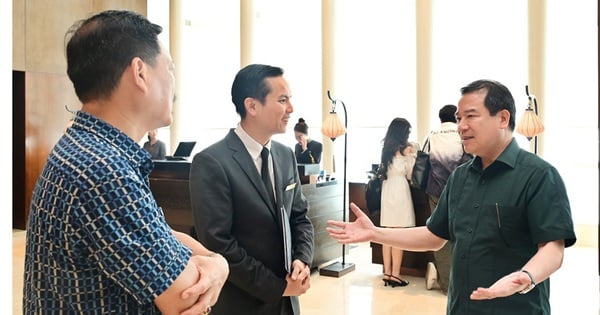

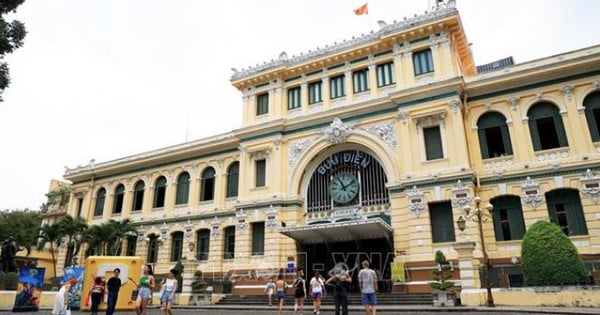
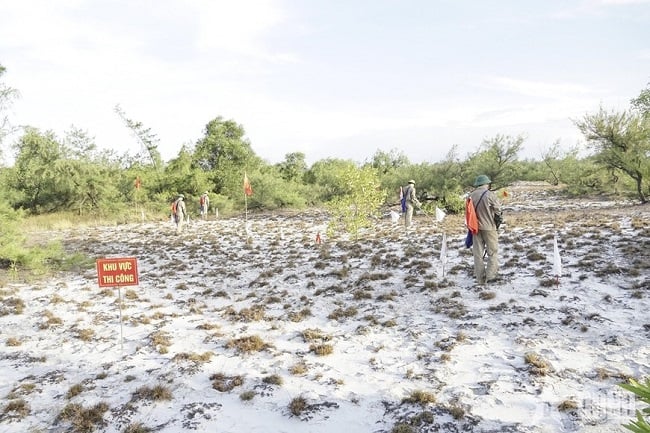

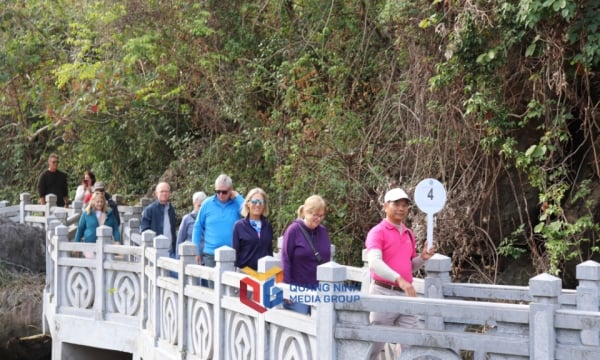


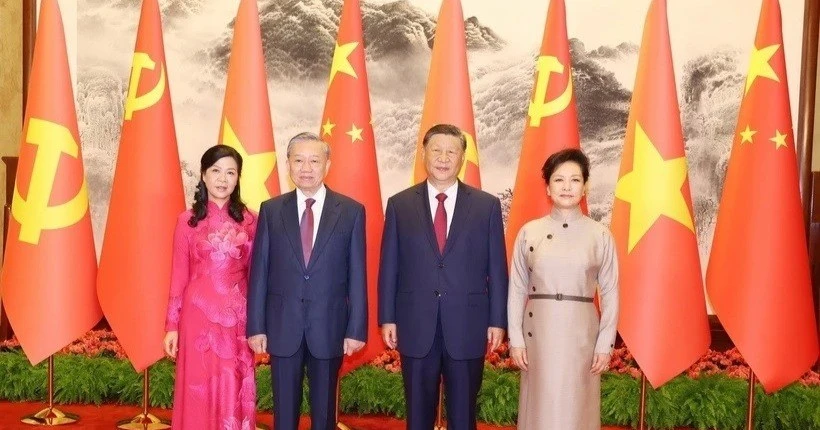

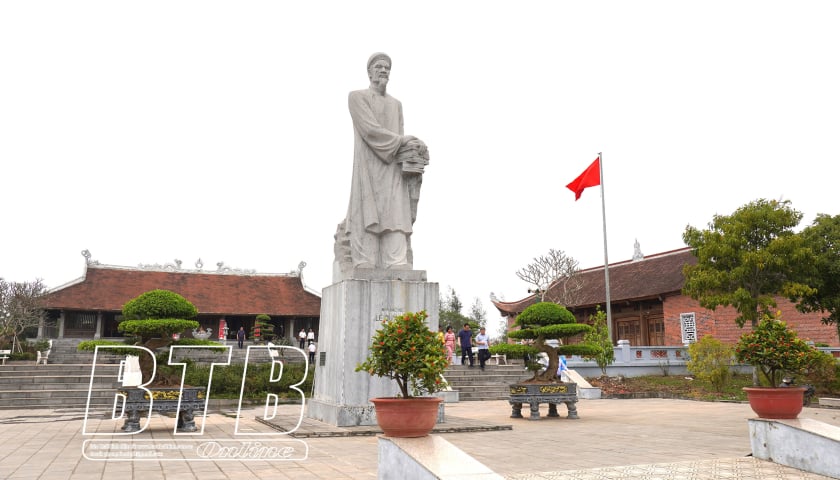

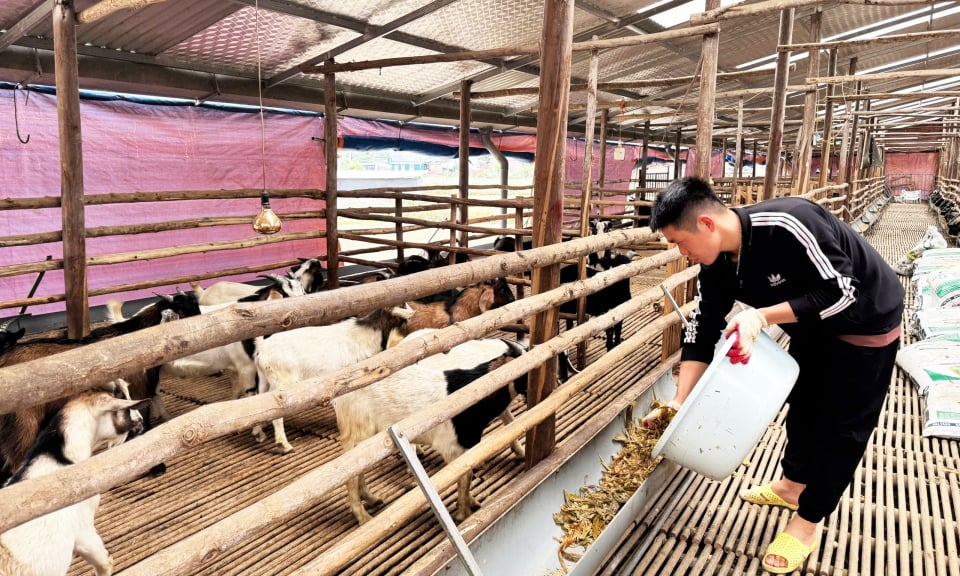




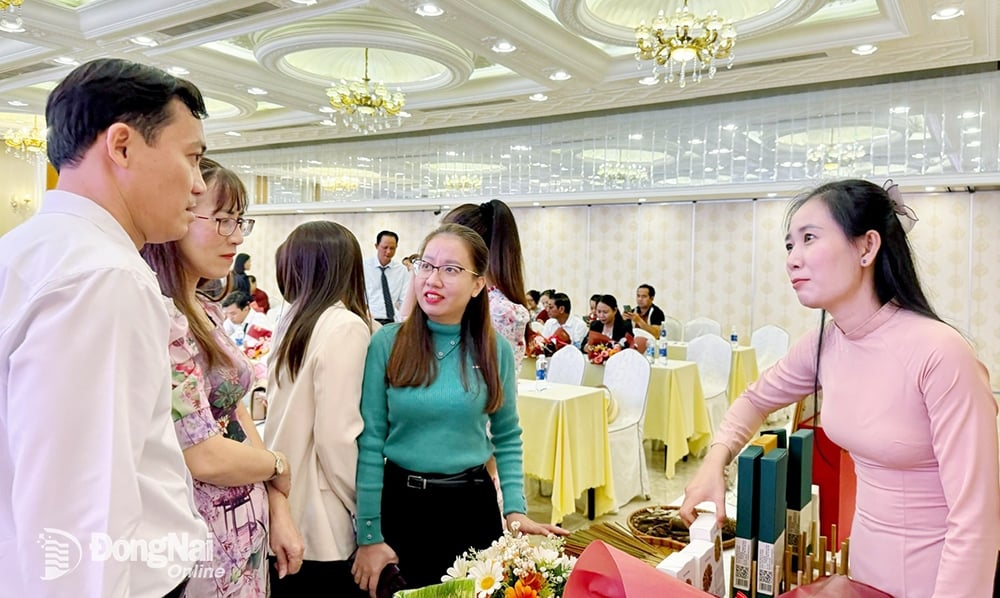



Comment (0)